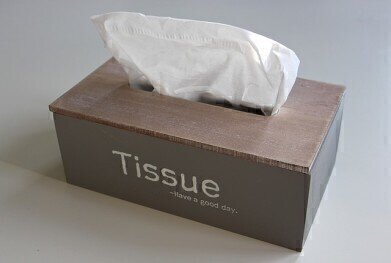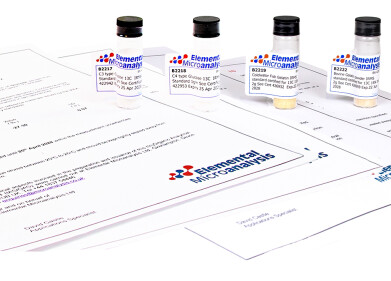Mass Spectrometry & Spectroscopy
How is the Flu Spread?
Feb 02 2018
Coughs and sneezes spread diseases – or so we thought. Ever since being a child, we’re taught to cover our mouths when coughing, sneeze into tissues and wash our hands thoroughly. However, new research suggests that these efforts may not be as effective as we thought.
Flu deaths increased by a third
The 2017-2018 winter has seen an spike in severe flu cases, with almost a third more influenza-related deaths compared to the previous winter.
As the flu vaccine is only available on the NHS to those who are most vulnerable – and many still don’t get it – the influenza virus is taking a firm hold on the nation. Efforts in preventing the virus spreading are being emphasised more than ever.
Not enough protection
However, new research implies that the unofficial rules used in preventing the spreading of the virus, such as hand washing and sneezing into tissues, aren’t protecting us as well as we thought.
The University of Maryland led a study that looked into how the flu is transmitted. To do so, they measured the number of infected aerosols (tiny droplets that linger in the air) found in the breath of 142 participants suffering from the influenza virus. Samples of exhaled breath were taken from four potential manners in which the virus could be spread – natural breathing, talking, coughing and sneezing.
The main findings from the study demonstrated that coughing and sneezing weren’t the main culprits in transmitting the virus. Instead, breathing naturally proved to transfer the highest levels of infected aerosols into the air. This suggests that the influenza virus is mainly caught through breathing around infected individuals.
Lead researcher Donald Milton stated that "People with flu generate infectious aerosols even when they are not coughing, we found that flu cases contaminated the air around them with infectious virus just by breathing”.
What does this mean for flu prevention?
All hope isn’t lost with trying to prevent the flu. It’s still important to cover noses and mouths when sneezing or coughing, and personal hygiene is always a good idea. But if you’re beginning to feel ill, it’s probably best just to get back in bed.
Along with having a better understand of how the virus can be transmitted, the study also has the potential to help technology in airborne transmissions move forward. This could, in turn, improve the effectiveness of health initiatives in control and reducing flu epidemics.
For more on the world of medical research, take a look at ‘Pushing the Limits of Speed and Sensitivity in Drug Screening – an LC-MS solution’, which discusses how advances in drug screening can provide assistance to physicians working in addiction medicine.
Digital Edition
Lab Asia 31.2 April 2024
April 2024
In This Edition Chromatography Articles - Approaches to troubleshooting an SPE method for the analysis of oligonucleotides (pt i) - High-precision liquid flow processes demand full fluidic c...
View all digital editions
Events
Apr 22 2024 Marrakech, Morroco
Making Pharmaceuticals Exhibition & Conference
Apr 23 2024 Coventry, UK
Apr 23 2024 Kintex, South Korea
Apr 23 2024 Seoul, South Korea
Apr 24 2024 Jakarta, Indonesia




.jpg)













